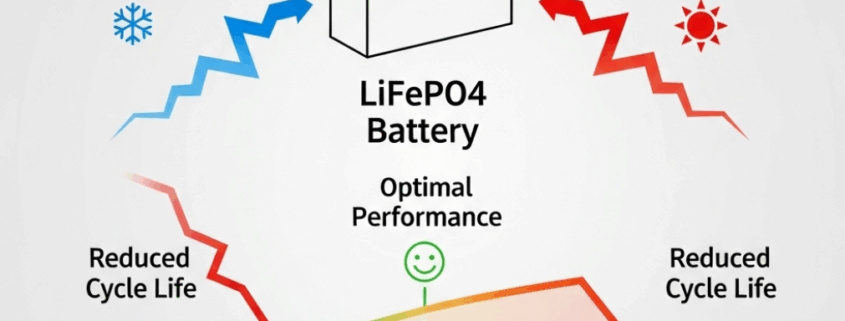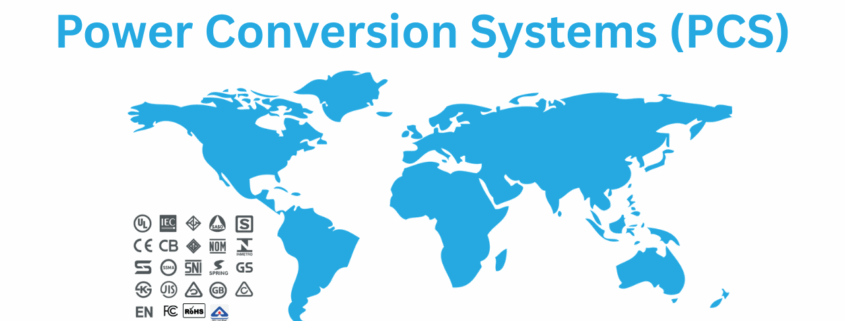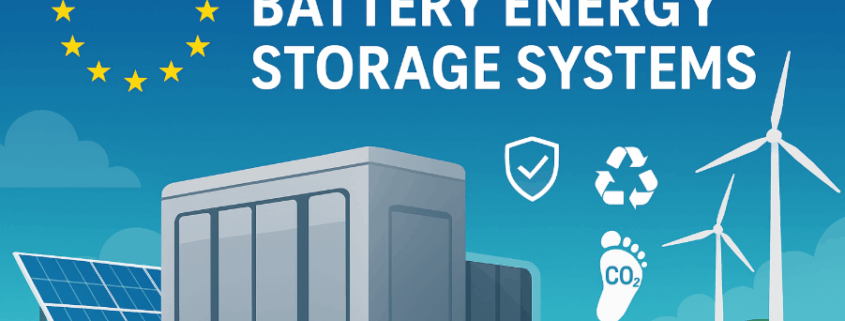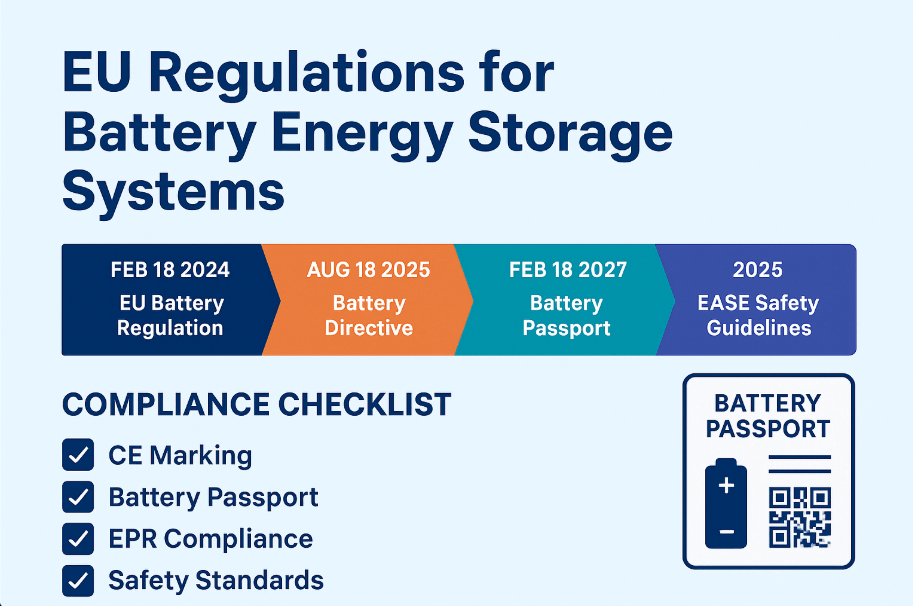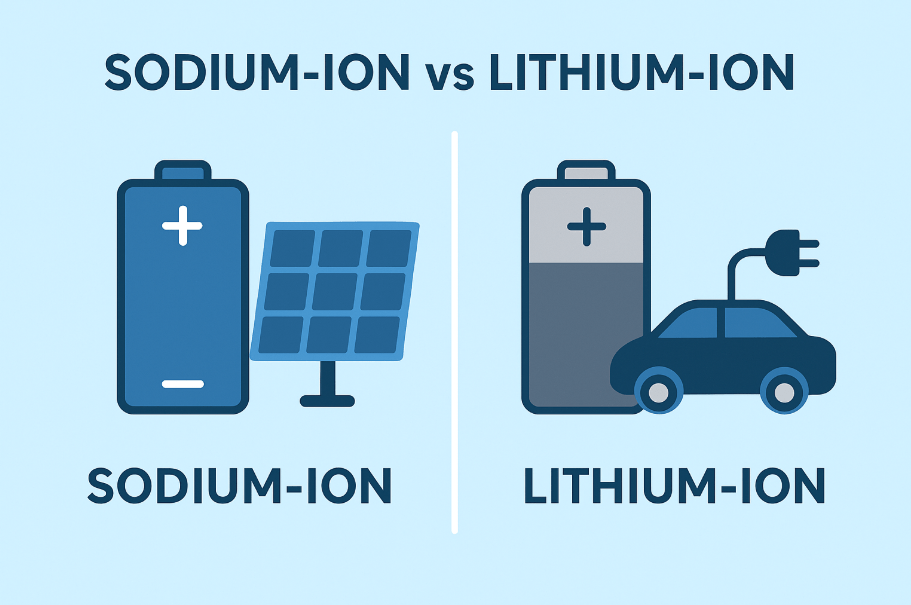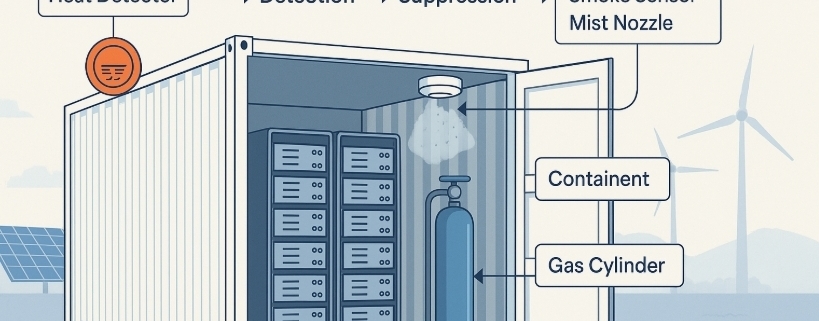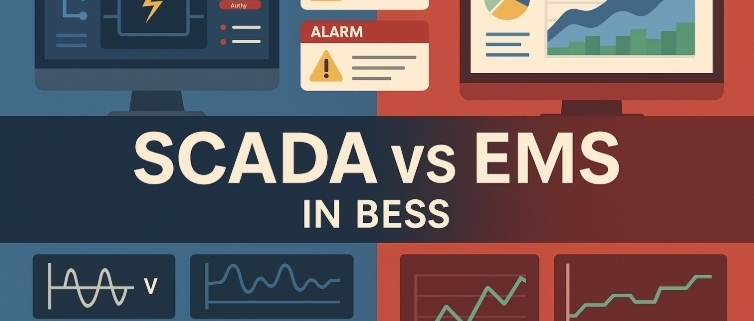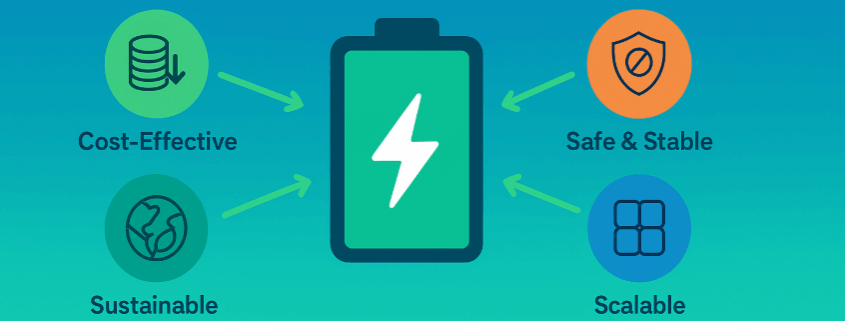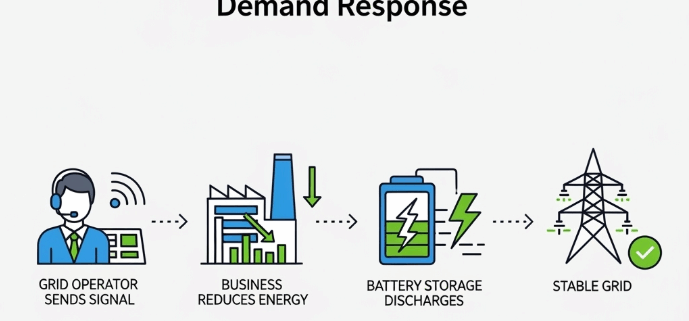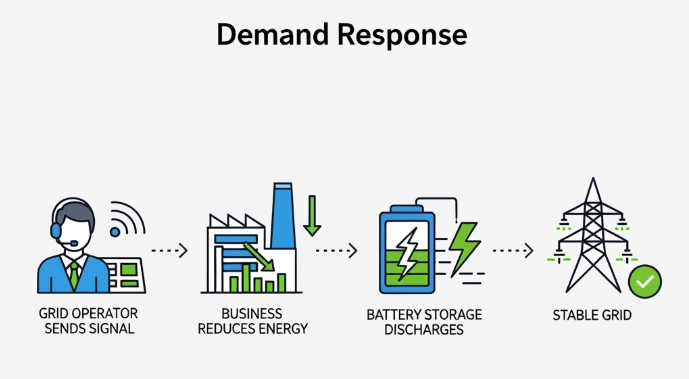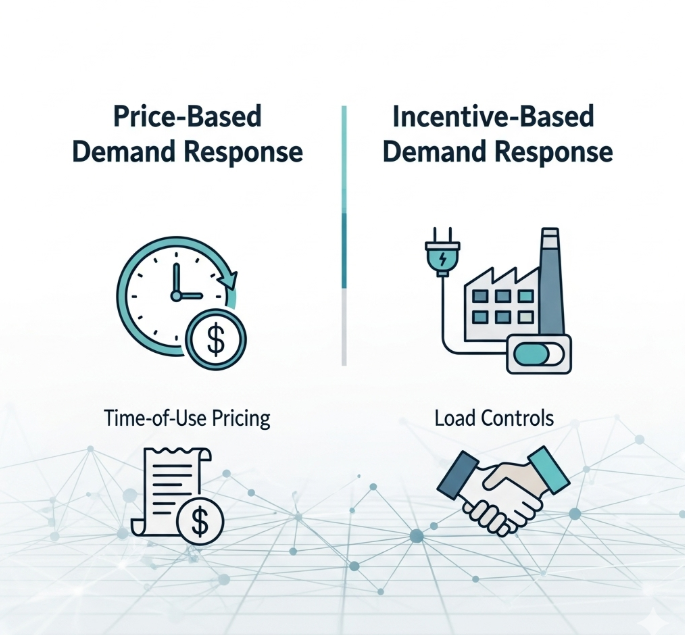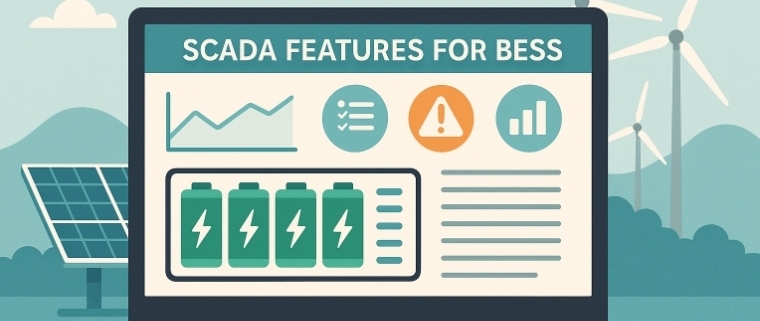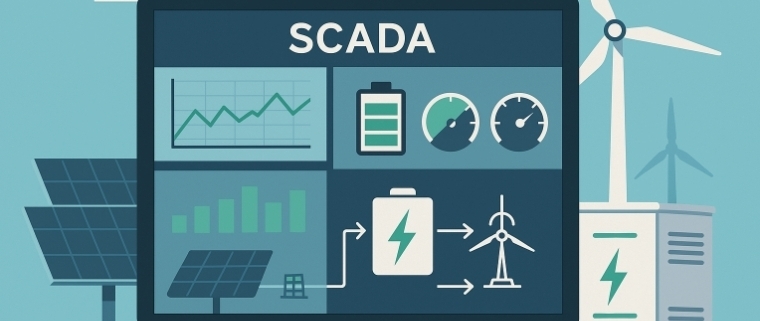Impact of Temperature on LiFePO₄ Batteries Cycle Life
LiFePO₄ batteries are known for their long lifespan, stable chemistry, and safety. However, like all lithium-based chemistries, their cycle life is highly influenced by operating temperature.
If you want your LiFePO₄ battery to last thousands of cycles, understanding the impact of temperature is critical.
What is Cycle Life in LiFePO₄ Batteries?
Example:
If a LiFePO₄ battery starts at 100 Ah capacity and is considered “end-of-life” at 80 Ah, the number of cycles to reach this point is its cycle life.
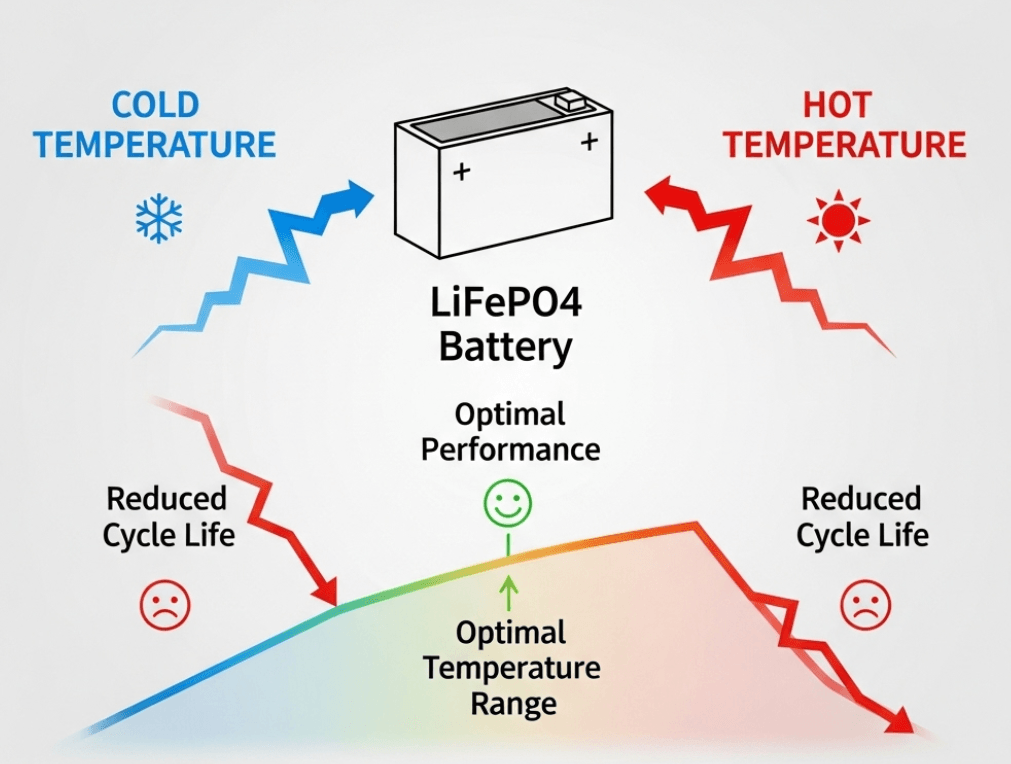
Why Temperature Matters
Temperature affects the electrochemical reactions, internal resistance, and degradation rate of LiFePO₄ cells:
- High Temperatures (>40 °C)
- Speeds up electrolyte decomposition.
- Causes lithium plating and faster SEI (Solid Electrolyte Interface) growth.
- Shortens cycle life drastically.
- Low Temperatures (<0 °C)
- Reduces ionic mobility.
- Increases internal resistance.
- May cause lithium plating during charging.
- Optimal Range (15 °C – 30 °C)
- Best balance between performance and longevity.
- Minimal degradation rate.
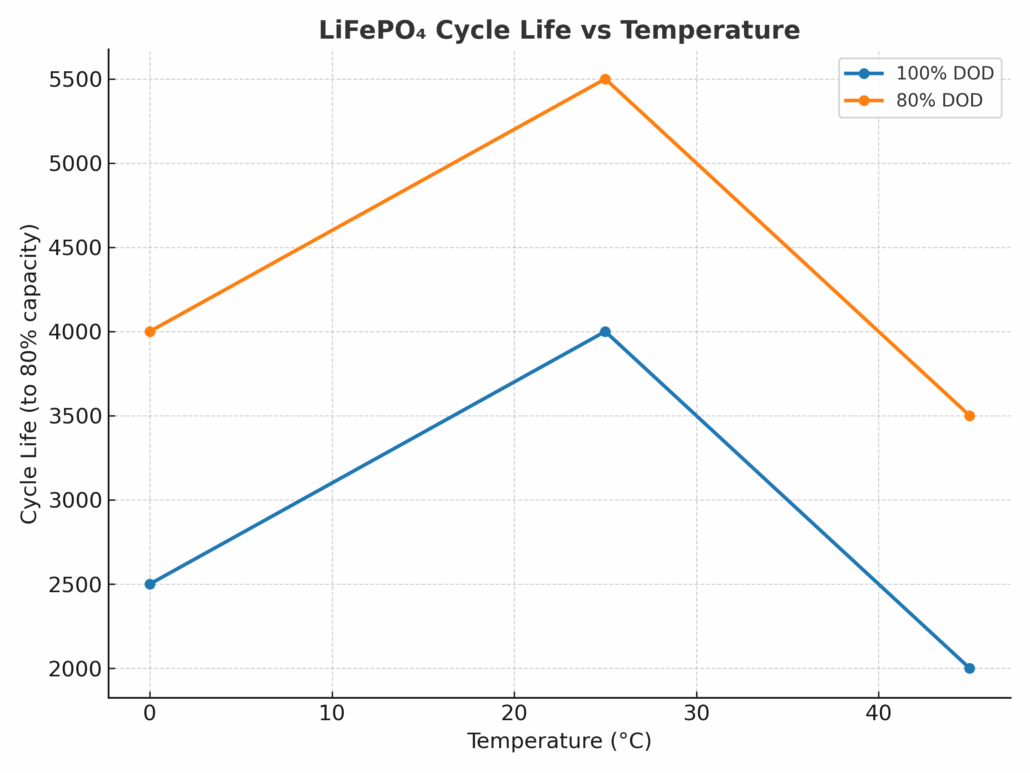
Cycle Life at Different Temperatures – Datasheet Example
Let’s take an example from a typical LiFePO₄ cell datasheet (values are representative of many commercial cells):
| Temperature | Depth of Discharge (DOD) | Cycle Life (to 80% capacity) |
|---|---|---|
| 25 °C | 100% DOD | 3,500 – 4,000 cycles |
| 25 °C | 80% DOD | 5,000 – 6,000 cycles |
| 45 °C | 100% DOD | ~2,000 cycles |
| 45 °C | 80% DOD | ~3,500 cycles |
| 0 °C | 100% DOD | ~2,500 cycles |
| 0 °C | 80% DOD | ~4,000 cycles |
Key Takeaways from the Table:
- Going from 25 °C to 45 °C can cut cycle life almost in half.
- Shallower depth of discharge (DOD) greatly extends life at any temperature.
- Low temperatures reduce cycle life but not as severely as high heat.
Formula – Estimating Temperature Impact on Cycle Life
Many battery engineers use a simplified Arrhenius equation to estimate how temperature affects degradation:
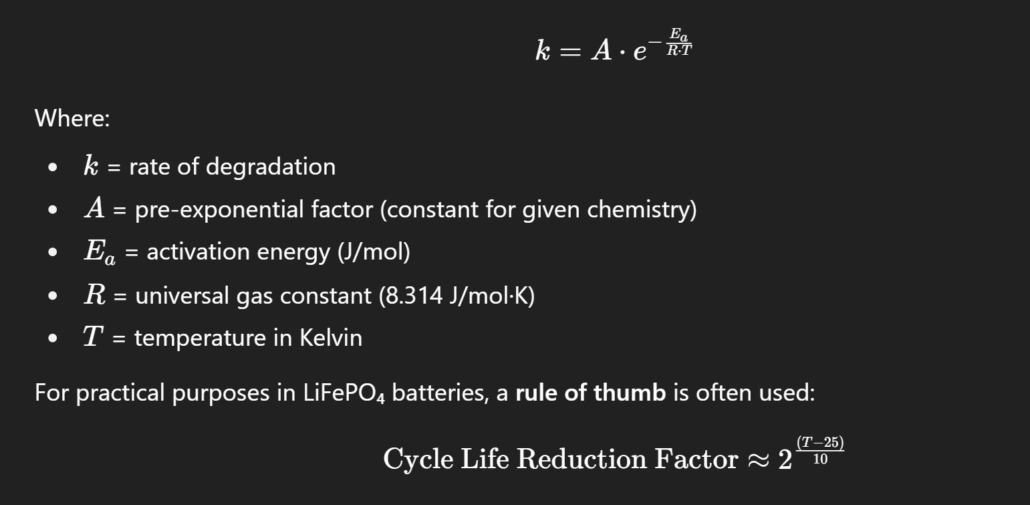
Meaning:
- Every 10 °C increase above 25 °C halves the cycle life.
- Every 10 °C decrease below 25 °C increases life slightly, but at the cost of lower performance.
Example Calculation:
If a LiFePO₄ battery has 4,000 cycles at 25 °C:
At 45 °C

Practical Recommendations for Maximizing LiFePO₄ Batteries Cycle Life
- Keep Batteries Cool
- Maintain temperature between 15 °C and 30 °C during charging and discharging.
- Use ventilation or active cooling for large battery banks.
- Avoid Charging in Extreme Cold
- Below 0 °C, charge rates must be reduced or avoided entirely to prevent lithium plating.
- Reduce Depth of Discharge (DOD)
- Partial cycles (e.g., 80% DOD) significantly improve lifespan.
- Use a BMS (Battery Management System)
- Ensures cells are operated within safe voltage and temperature limits.
Final Thoughts
Temperature has a direct, measurable impact on LiFePO₄ cycle life. While the chemistry is far more temperature-tolerant than other lithium-ion types, excessive heat is still the fastest way to kill a battery.
By keeping your batteries in the optimal range, using a good BMS, and managing DOD, you can achieve 5,000+ cycles and over 10 years of reliable performance.


